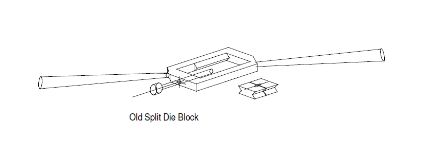Unusual thread
Unusual thread
- This topic has 36 replies, 20 voices, and was last updated 20 December 2012 at 01:19 by
jason udall.
- Please log in to reply to this topic. Registering is free and easy using the links on the menu at the top of this page.
Latest Replies
Viewing 25 topics - 1 through 25 (of 25 total)
-
- Topic
- Voices
- Last Post
Viewing 25 topics - 1 through 25 (of 25 total)






